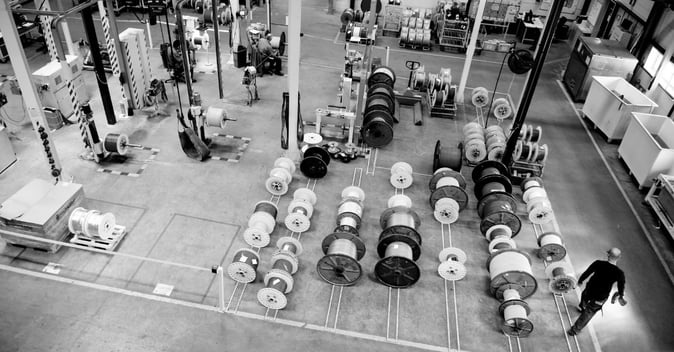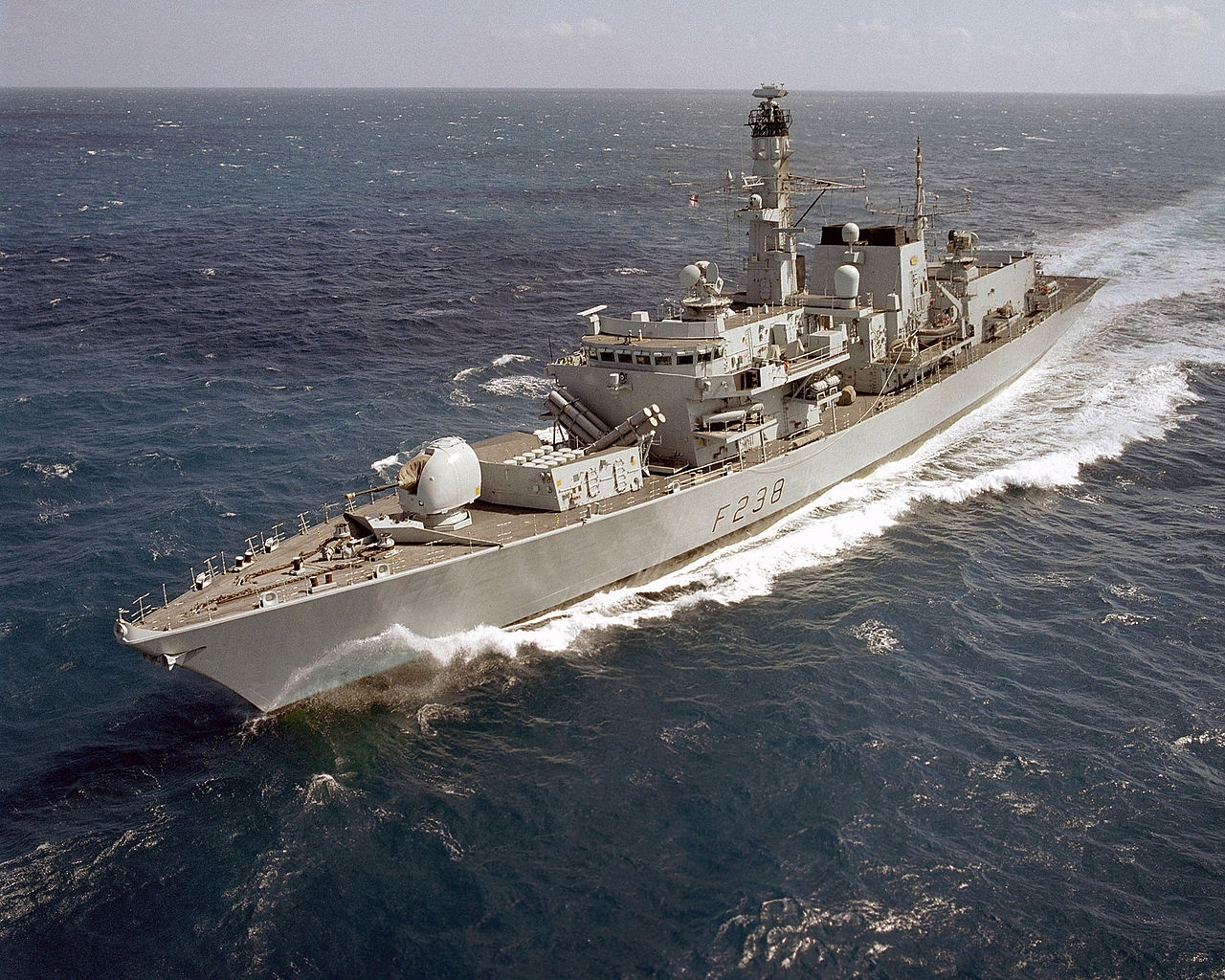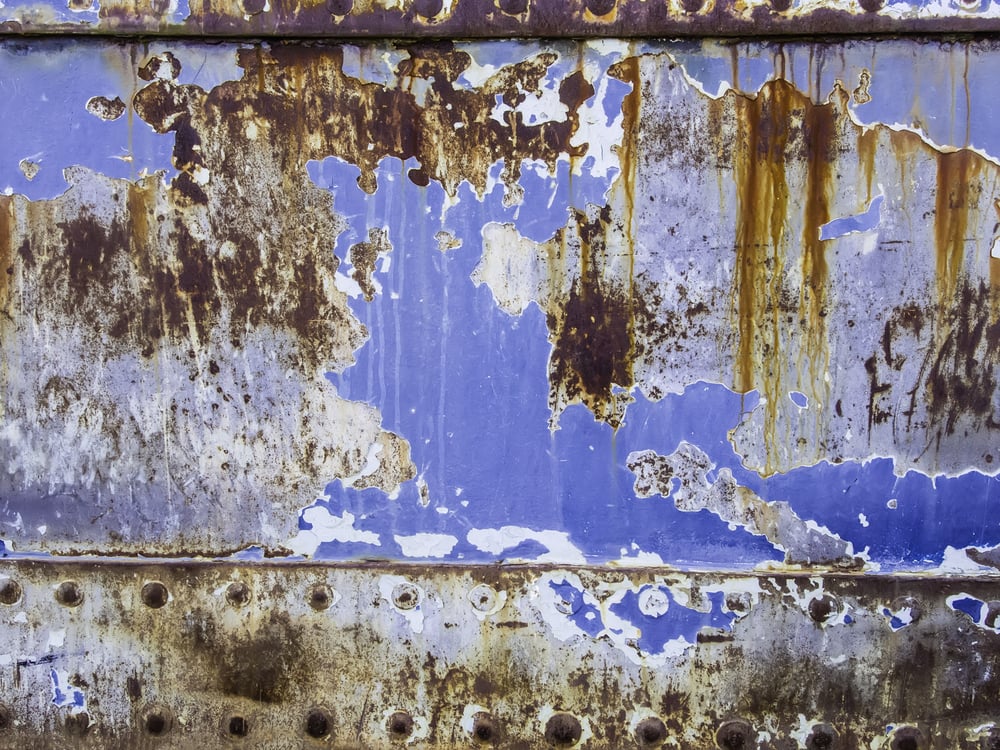In a previous blog, we listed all types of sonar system requirements. A couple of verification methods can be used to verify your cable specifications. Extensive testing can’t always be avoided, but luckily, some offshore cable specifications can also be verified by analysis. After all, a lot of data is available on materials and surroundings.
Environmental sonar system requirements are essential requirements in the naval world. Fortunately, these requirements are examples of analyzable specifications. They usually do not require expensive testing, since materials and the environmental conditions they can handle are documented. In this blog, we will list the most common environmental requirements and how we make sure they are verified by analysis. There’s also one exception to this rule.
Examples of Environmental Sonar System Requirements
Offshore cable specifications in the naval industry are often full of environmental requirements. Although these requirements are important to verify within a naval subsea project, environmental requirements do not greatly impact the cable design. Verification is crucial as they often go hand-in-hand with references to Mil standards.
Complying to Mil standards often requires expensive and time-consuming qualification tests, which aren’t necessary for environmental requirements. In the chapters below, we list the most common environmental requirements - and explain how to verify those without expensive tests.
- Temperature
- Thermal Analysis
- Chemical Resistance
- Vibration & Shock
- Corrosion
- Depth (the environmental exception)

1. Temperature
One of the most common environmental sonar system requirements is temperature. The materials used in our cables and terminations are suitable for temperatures from -40℃ to +70℃ (sometimes even +85℃), meeting nearly all temperature requirements.
This wide range is necessary because of the so-called Cold Shock (also known as Thermal Shock). The temperature on the deck is often much higher than in the water. The difference between the winch being in the sun and the cold seawater for subsea projects in hot areas can be enormous. In projects around the polar regions, the opposite can be true: the seawater may be warmer than the temperature on the winch. Subsea cables must therefore be prepared for significant temperature fluctuations.
The temperatures that various materials can handle and the temperatures that occur in certain areas can all be found in data. This means that temperature can be verified purely by analysis.
2. Thermal Analysis
Not only the temperature of the environment but also the temperature of the cable itself will need to be verified. Is it not getting too hot when being kept on the winch? The cable temperature rises when power goes through the cable. If there are still layers on the winch, that heat can't be released properly, which causes the cable to heat up even more.
Computing this heat-up used to require testing, but today we use a FEM analysis for Thermal Analysis. FEM is short for Finite Elements Method, where a simplified model is built of the sonar cable. Thanks to software packages, we can break down products into small elements and use these to make very complex calculations.
Based on Thermal Analysis, our cable experts may give you specific recommendations. For example, ensure you do not put the cable in full sunlight, actively cool it with water spray, or do not put maximum power on it if there are three or more layers on the winch.
3. Chemical Resistance
Chemical Resistance is also an essential Environmental Sonar System Requirement, as certain chemicals can harm materials. Examples include sulphuric acid, nitric acid, and diesel.
Verifying Chemical Resistance is always done by analysis. Our suppliers make chemical resistance charts available for all the materials they supply. You can also find this information about what materials can withstand on the internet. There is no need for extensive testing to verify a cable’s chemical resistance.

4. Vibration and Shock
Similar to Thermal Analysis, a FEM analysis is used for vibration verification. Vibration and shock rarely cause problems, but if a bomb explodes next to the product or someone drops the cable on the deck, the cable must be able to handle these shocks. Project owners might want this to be verified.
With a FEM analysis, we can analyze how much vibration the cable can handle. The eigenmodes must not come close to the vibrations with which the cable is in contact. Often this is related to transport, so we analyze at what frequency the engines of trucks or planes vibrate.
If the eigenmodes of the cable come close to this - for example, the cable has a frequency of 100 Hz and the truck vibrates at 100 Hz - this reinforces each other and the cable can shake to pieces. This can be solved by weighting the cable or stiffening materials.
We normally check if the supplier of the connector has tested for shock and vibration as the connector is more likely to fail on these aspects. Of course, we ensure all threads are secured with thread-locking glue (like Loctite 243).
5. Corrosion
The last example of an environmental sonar system requirement is Corrosion. Especially galvanic corrosion can lead to rapid degradation of materials. This occurs when two metals with different potentials come in electrical contact while immersed in an electrically conducting corrosive liquid. Because the metals have different natural potentials, a current will flow from the anode (more electro-negative) metal to the cathode (more electropositive), increasing the anode’s corrosion.
The rule of thumb for preventing this is simple: the difference in galvanic potential between used metals must be lower than 0.2V. And luckily, these values are known and listed in the galvanic series chart. This means that corrosion does not have to be tested; we can analyze materials and validate they won’t degrade when used together.
Of course, our cable experts are experienced with many materials, which means they know from experience which materials can be used together in designs. We almost always use Titanium grade 5 for its corrosion resistance, low weight, and high strength for the termination. We often use AISI 316 SS, which is compatible with Titanium. When using a steel strength member we usually use galvanized steel wires. The zinc coating on these wires protects the steel from corroding and has proven to be a suitable material for towed defense cables.
As an alternative to high-strength galvanized wires, Nitronic 50 can be used. This material is even more corrosion-resistant, but it is a costly option.

6. The exception of Depth: Pressure Testing
Although depth is technically also an environmental requirement (after all, the sea is not equally deep everywhere), depth can’t be verified by solely using analysis. This is due to pressure increasing at greater depths.
A pressure test is always performed to verify that the subsea cable can handle the required pressure. In this pressure test, we take the Survival Pressure and ensure this Survival Pressure can be withstood. This is standardly tested as part of the FAT; no product leaves our factory without a pressure test.
Pressure tests can be performed on separate components, complete cables, and most importantly on terminations.
Capture the most critical requirements for your project
In the chapters above, we briefly discuss Environmental Sonar System Requirements, six examples, and why most of them (except for depth) can be verified only by analysis. Other sonar system requirements are essential when designing a sonar cable, like the functional requirements and handling requirements. On which requirement type the focus lies, differs per project. Therefore, knowing which requirements might impact your specific subsea project is important.
How can you ensure you are capturing all the essential requirements for your project? To help you with this, our experts created a convenient checklist. On it, you tick off all the specifications and enter the design process confidently. Download the list here:
You can contact my colleagues or me here with all other questions about your cabling needs. Our cable experts are always happy to help, advise or guide you in all your cable requirements.



